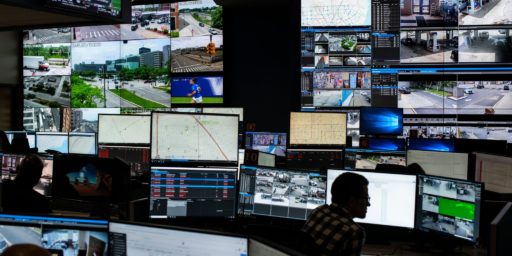MAKING COMPUTERS UNDERSTAND
WaPo profiles a man who
claims to have unlocked the mystery of “context” in human language with a series of algorithms that enable computers to decipher the meaning of sentences — a puzzle that has stumped scientists for decades.
This would obviously have many applications, although apparently there are currently no plans for a consumer-oriented software just yet.





FASCINATING. Language is one of the most complicated things humans encounter in life. Conveying concepts and thoughts with just words make it a wonder there is not more misunderstanding in the world.
How about instead of this project, they focus on “making computer PROGRAMMERS understand”?
The very title of the article “Making Computers Understand” makes you immediately skeptical. Especially troublesome is the above quote stating that “This man literally has figured out the way the brain learns thingsâ€Â? Isn’t it perhaps premature to claims that we have discovered how the brain works with such certainly when the history has told us many such claims in the past have been proven wrong by later discoveries and innovations?
Further, how does one prove that two different perspectives are sufficient to understanding a concept? I hope this does not mean that they believe two perspectives are necessary since there are ‘two sides of the same story’. Usually there are more then two sides of the same story and understanding the ‘reality’ and its context probably might take much more than two perspectives.
—